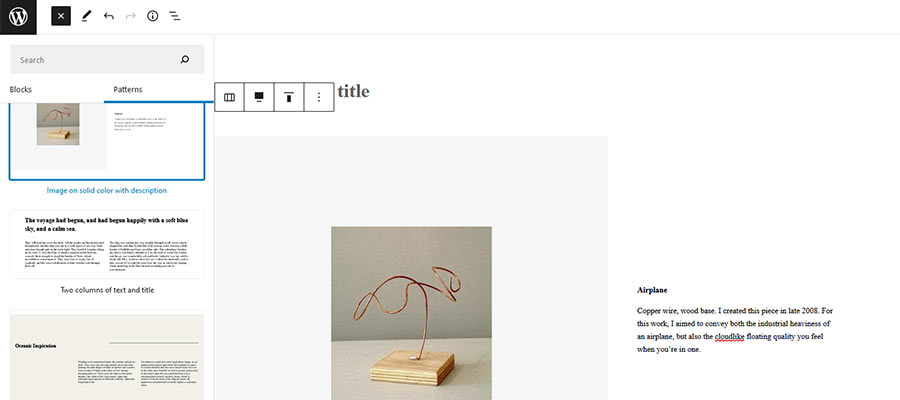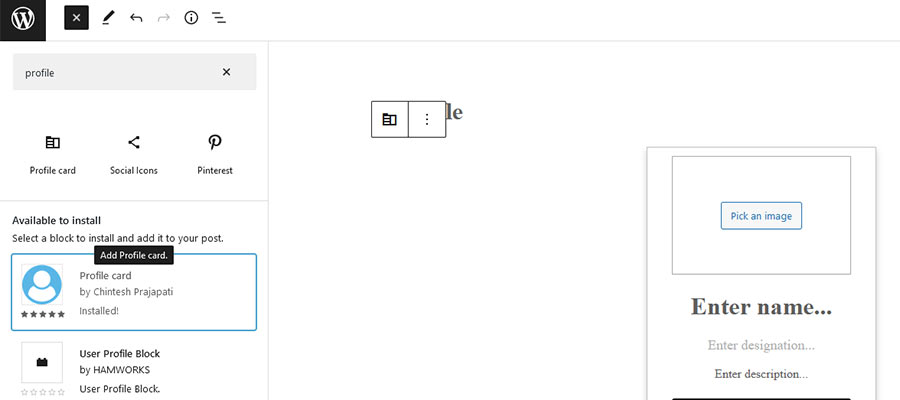Among the top features of the WordPress Gutenberg block editor is the ability to add new blocks at any time. This allows us to implement additional types of content and functionality on an as-needed basis.
This is contrary (in theory, at least) to the many page builder plugins on the market. They tend to bundle a large variety of options that are included regardless of whether you want them. For instance, even if you have no interest in using a slider, there’s likely one bundled in the package.
While it’s nice that the block editor provides something closer to an à la carte experience, it’s not without risk. There’s a temptation to experiment – which brings about a familiar problem: having a bunch of unused plugins mucking up your WordPress install. Worse yet is deactivating a block, only to realize that it has negatively impacted some content along the way.
It’s not surprising. After all, block plugins are still plugins. The same rules and limitations apply. So, before you install them all willy-nilly, read our guide to choosing the right WordPress block plugins.
Determine Your Goals and Needs
The block editor is still a relatively new experience for many. As such, there can be some confusion regarding how to accomplish specific tasks. Therefore, take a moment to think about what you want to achieve before considering plugins.
Some items are relatively self-explanatory. If you want to add an interactive chart, that will generally mean using a plugin. The same goes for a contact form or an accordion UI.
However, not everything is so straightforward. Achieving a particular layout, for example, isn’t necessarily plugin-related. That may be accomplished via a block pattern and the core blocks already included with WordPress.
Even in that case, a plugin may provide a shortcut. But, just as with other types of plugins, it’s worth weighing the benefits of this approach against any potential downside.
Once you have a grasp of your goals, you can determine whether a block plugin is an appropriate way forward.

Choose Blocks Just as You Would Any Other WordPress Plugin
Blocks are part of the overall WordPress plugin ecosystem. With that, the same level of scrutiny should apply when choosing a block plugin.
A plugin’s reputation, user base, and frequency of updates are all relevant vital signs. Block plugins that are poorly rated or show a support forum full of unanswered questions are red flags.
Then there’s the debate between niche usage and plugins that aim to be a jack-of-all-trades. This applies to block plugins just as much as it does to other categories.
There are several popular block suites, where multiple block types are included. This is not unlike the issue we mentioned earlier with page builders. Whereas you may only need one particular block, you’ll still have to live with the others as well.
That stands in contrast to the Block Directory, which lets users add blocks one at a time. However, this requires authors to make blocks available in the directory. Some blocks are only available as part of a larger suite.

Be Aware of the ‘Lock-in’ Effect
What happens if a block plugin you’ve chosen is no longer a good fit? What if it’s abandoned by its author?
Similar to switching from a page builder, moving on from a block plugin has consequences. Deactivate it and you may lose formatting and/or functionality of the affected content. Some cleanup will be required, whether or not you decide to use a different plugin.
It’s an especially difficult scenario for large, content-heavy websites. Having to go through multiple posts to account for a block you’re no longer using can be time-consuming.
To some degree, you’ll be locked into any block plugin you choose. The more you utilize it, the more effort is required to leave it behind.
This reinforces the importance of choosing plugins with a solid track record. While there are no guarantees of longevity, you can at least gain some peace of mind.

Add WordPress Blocks Thoughtfully
Blocks represent the present and future of WordPress. The flexibility they provide, along with their ability to house custom solutions, can help to transform any website. And they can do so with minimal effort from us.
Even so, it’s important to have a thoughtful approach to installing third-party blocks. Just as with traditional WordPress plugins, quality can vary greatly from one product to another.
In the end, it’s about choosing blocks that can fulfill your needs both now and in the future. We hope that this guide helps to make the process a little easier!
The post A Guide to Choosing the Right WordPress Block Plugins appeared first on Speckyboy Design Magazine.

0 Commentaires